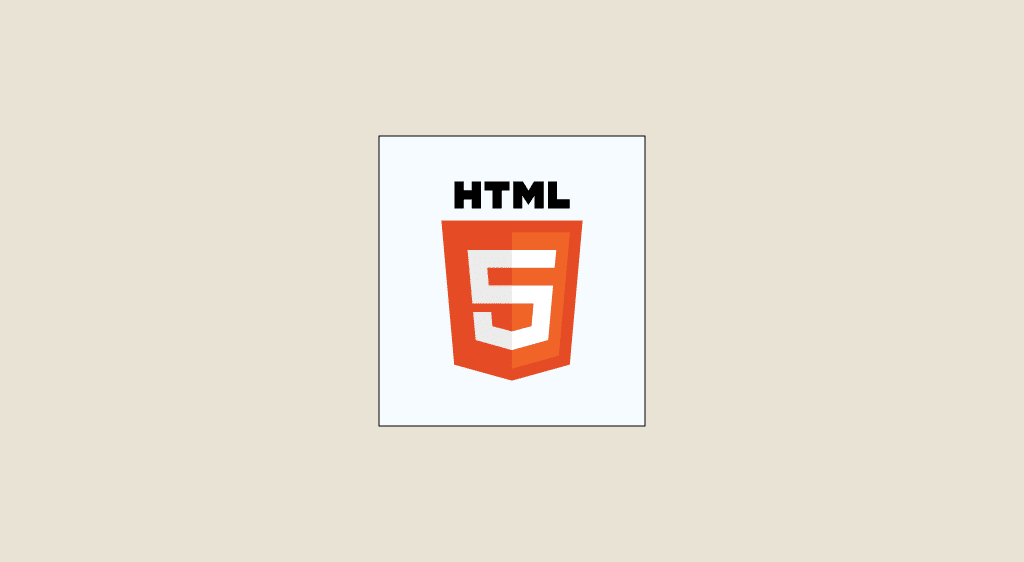Web development is constantly evolving. Because of this, HTML5 occupies a prominent place as a fundamental and unavoidable language. Since its official introduction on October 28, 2014, HTML5 has revolutionized the way websites are created and offers a host of advanced features that enhance the user experience.
L’évolution des balises de base dans HTML5
HTML5 has drastically evolved the basic tags of an HTML document. These semantic tags provide a clearer, more meaningful structure to the content of a web page, thereby improving accessibility, indexing by search engines and overall understanding of the document.
| <header> : header markup |
This new tag defines the header of a document. It's typically used to include the title, logo, main navigation, and other information. This tag helps search engines and browsers better understand the page structure and improves accessibility. |
|---|---|
<nav> : navigation |
This element is used to wrap the main navigation of a document, grouping menus, lists of links, or navigation bars. This makes it easier to distinguish navigation from other elements on the page. |
<section> : semantic division |
It allows for dividing a web page into thematic sections or groups of content. This facilitates logical organization of content and makes the structure clearer for developers and readers using assistive technologies. |
<article> : independent content |
It's used to encapsulate independent and standalone content. This can include blog articles, news, comments, etc. |
<footer> : footer |
This new element is used to define the footer of a document or section. It typically contains information such as contact details, copyright, credits, etc. |
What are the forms for?
They are an essential element of many websites. They allow users to interact with many elements and submit information.
| Input Types | New input types have been implemented ('email', 'url', 'number', etc) allowing browsers to automatically validate user-entered data and provide an appropriate message if the information is incorrect. |
|---|---|
| Validation Attributes | HTML5 introduced new validation attributes to constrain user-entered data. For example, the 'required' attribute indicates that the field is mandatory for form submission. |
| Client-Side Validation | Previously, validation often involved using JavaScript, but with HTML5, modern browsers can automatically validate forms. |
| Autocomplete | HTML5 can allow the user to fill out forms based on previously entered information. |
| Form Controls | Forms now enhance the user experience with new controls, like 'datalist' which provides automatic suggestions while typing. |
HTML5 and the media
Significant advances have been made in the integration and manipulation of media on websites.
| Video Integration | HTML5 introduces the <video> element which allows embedding videos directly into web pages without the need for external plugins like Flash. |
|---|---|
| Audio Integration | Similar to the previous element, <audio> allows direct embedding of audio tracks into web pages. |
| Chart Creation | The <canvas> element allows manipulation of charts, animations, and dynamic rendering using JavaScript. |
Other features such as the Media API and the <track> element also enable richer management of media integrated into websites.
Other advanced functions
In addition to the improvements we’ve just mentioned, HTML5 also offers some interesting features:
| Local Storage | HTML5 introduces local storage APIs that allow websites to store data locally on the user's browser. This provides an alternative to cookies for persistent data storage. |
|---|---|
| Connectivity | The WebSocket API is a feature that enables bidirectional real-time communication between the client and the server. Unlike traditional HTTP calls, this opens the door to real-time web applications such as chat rooms, dashboards, multiplayer games, etc. |
| Geolocation | The Geolocation API allows websites to access the user's geographical position via the browser. |
Conclusion
HTML5 has revolutionized the way websites are designed today. Modern websites are now much more dynamic and aesthetically pleasing, which was previously impossible with older versions of HTML.










